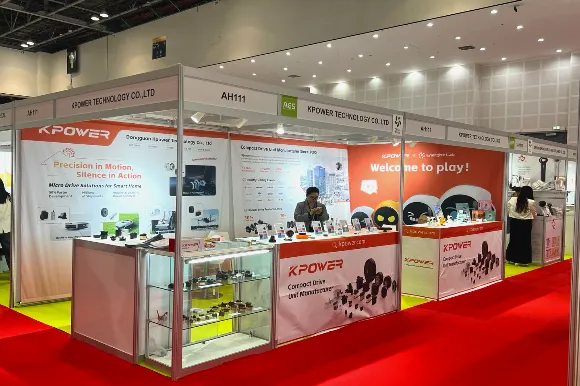Imagine building a system where each part talks to another smoothly, but sometimes things get complicated—especially when you’re dealing with multiple services that need to coordinate. That’s where the saga pattern shines, turning chaos into harmony. Especially in C# microservices, this pattern isn’t just a buzzword; it's a game-changer for managing distributed transactions.

Take a look at a typical e-commerce platform. Placing an order might involve checking inventory, processing payment, updating shipment info. Now, do you want your system to completely fail if one step doesn’t go right? No, of course not. You want it to handle failures gracefully, roll back if needed, and keep the customer happy. That’s what saga pattern hooks into—storytelling at its finest, but with code. It manages transactions across distributed services without the usual headaches of two-phase commit.
Imagine coding a C# microservice setup where each service handles its own responsibility but plays nice within the saga. You can use lightweight frameworks to orchestrate the steps—maybe with a message bus or event-driven architecture—making the flow resilient. When an error happens, the saga pattern kicks in, triggering compensating transactions that undo partial changes. Like if payment succeeded but inventory update failed—you roll back the payment. It feels almost like an unfolding story, each chapter reactive, each decision tracked.
Some folks wonder if implementing saga is worth the effort. Well, picture the complexity of order cancellations, partial refunds, inventory adjustments—these aren't simple problems. Is it enough to rely on a big monolithic system? Probably not anymore. You want something flexible, scalable, and capable of handling real-world messiness. Sagas give you that freedom, especially when you’re working with C# and .NET Core, which have rich support for messaging and async operations.
To make this even clearer, resolving saga failures isn’t just about code—it’s about confidence. Knowing your system can recover on its own, handle failures, and keep the customer experience smooth—that’s the real win. And the beauty? C# with its asynchronous capabilities makes implementing saga patterns straightforward, more intuitive than you might think.
So, why settle for brittle, brittle microservices? Embrace the saga pattern. It’s like giving your architecture a shot of resilience. You get clearer flow control, fewer bugs related to distributed transactions, and happier customers who don’t notice the behind-the-scenes chaos. It’s about creating systems that tell a coherent story—one where failures are just plot twists, not the end of the story. When you build with this mindset, your microservices stand out as reliable, scalable, and future-proof.
Established in 2005, Kpower has been dedicated to a professional compact motion unit manufacturer, headquartered in Dongguan, Guangdong Province, China. Leveraging innovations in modular drive technology, Kpower integrates high-performance motors, precision reducers, and multi-protocol control systems to provide efficient and customized smart drive system solutions. Kpower has delivered professional drive system solutions to over 500 enterprise clients globally with products covering various fields such as Smart Home Systems, Automatic Electronics, Robotics, Precision Agriculture, Drones, and Industrial Automation.




































